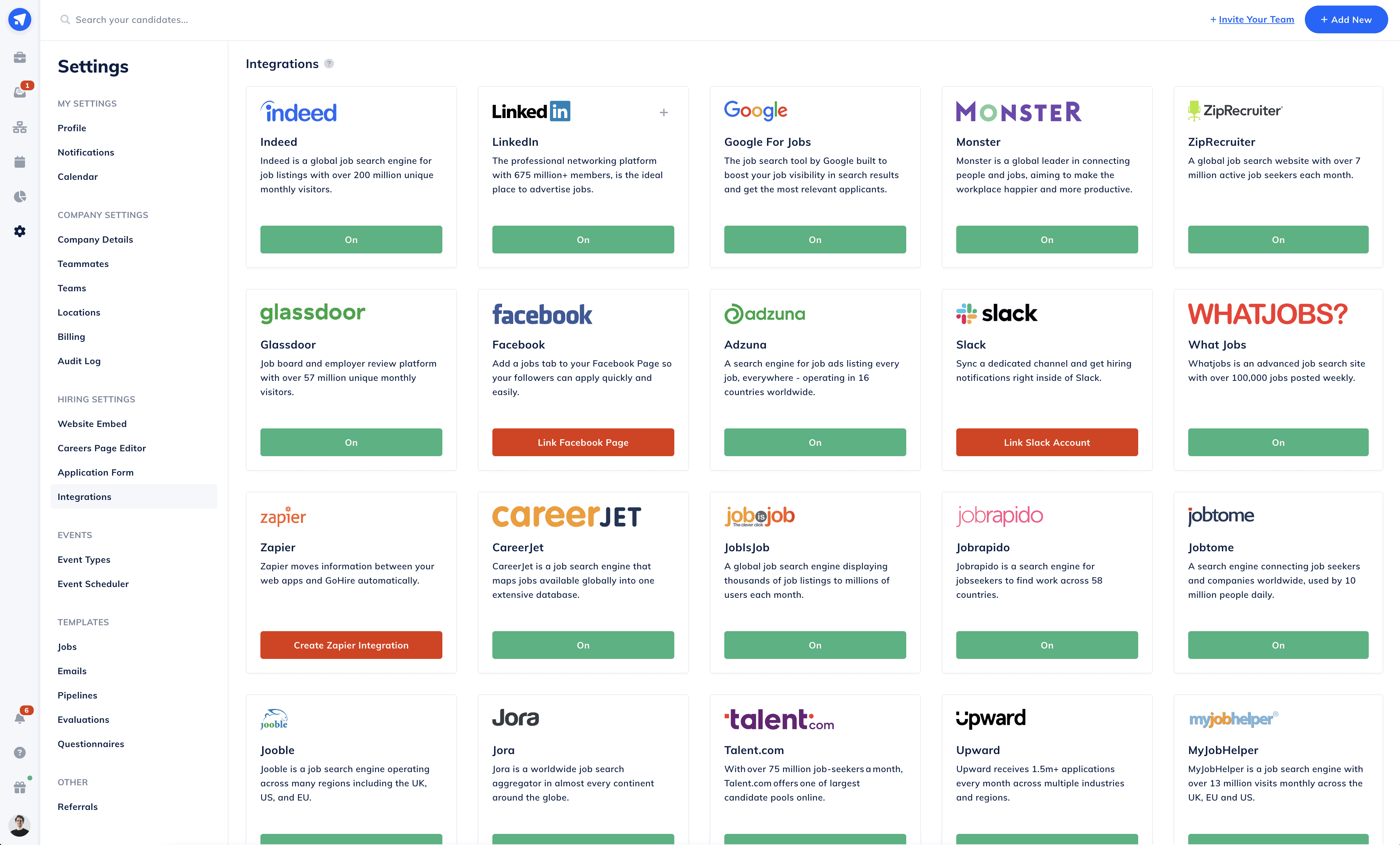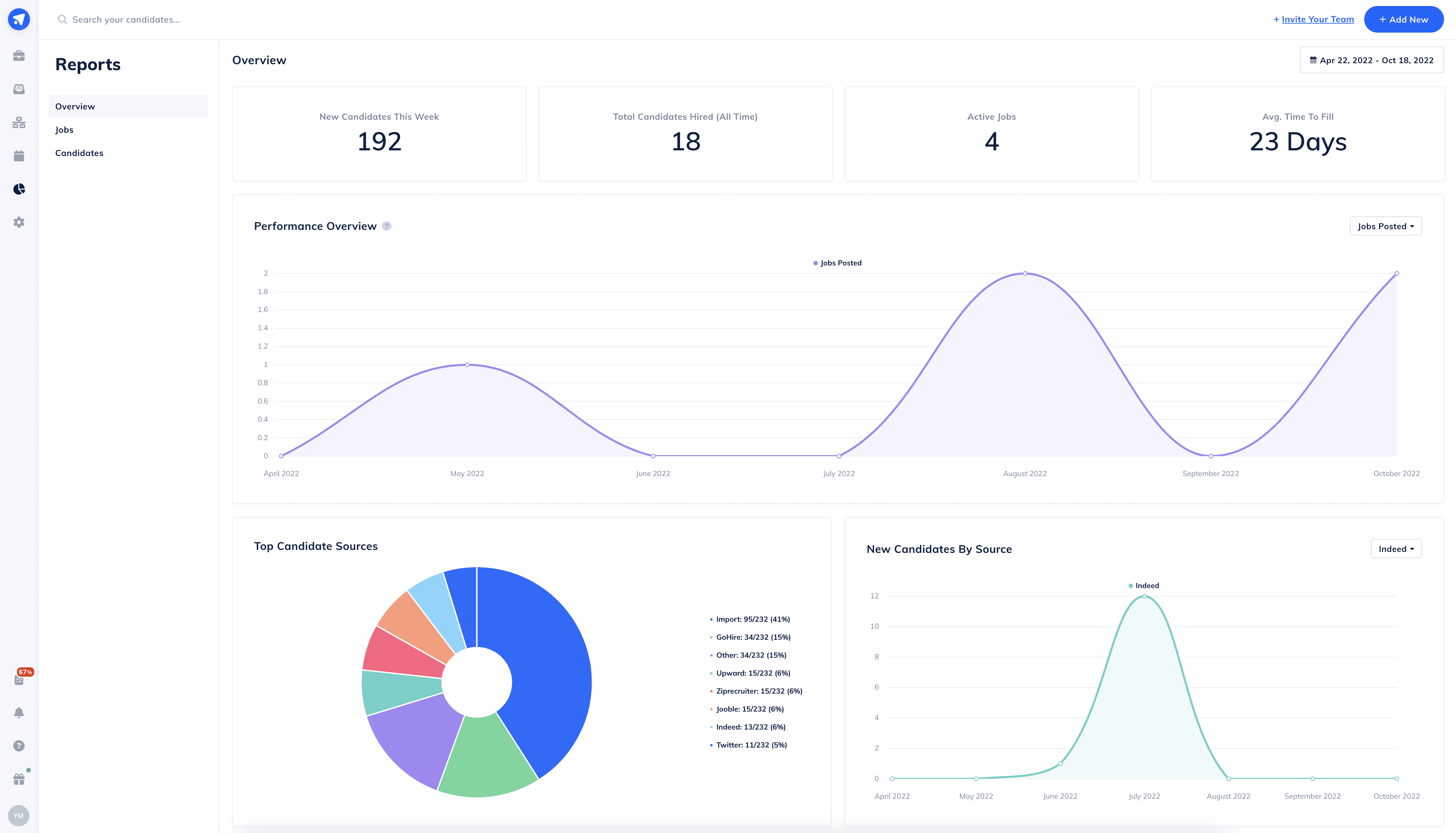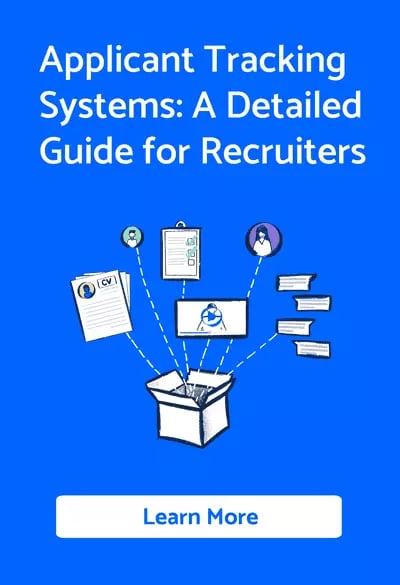In the rapidly evolving landscape of talent acquisition, the traditional methods of manual job posting are increasingly becoming a hindrance to efficiency and effectiveness.
Here is a list of the 7 key problems that manual job posting brings.
This laborious process, often fraught with errors and inconsistencies, can significantly hamper a company's ability to attract top talent in a timely manner. Founders waste an extraordinary amount of time on posting jobs manually.
In the current competitive job market, where speed and precision in hiring are more crucial than ever, relying on outdated methods can be costly.
Statistics paint a clear picture of this challenge: according to HR Technologist, recruiters spend an average of 1-2 hours posting a single job opening manually across various platforms.
This inefficiency not only strains resources but also extends the time-to-hire, which can be detrimental in an environment where the best candidates are off the market within 10 days, as per a report by the Aberdeen Group.
GoHire's innovative solutions, including their robust Applicant Tracking System (ATS), revolutionise how businesses approach job postings.
This blog aims to shed light on the pitfalls of manual job posting and how leveraging GoHire's platform can transform this arduous task into an efficient, streamlined process.
By integrating GoHire's cutting-edge technology, businesses can not only expedite their recruitment process but also ensure greater consistency and reach in their hiring efforts, thereby securing the right talent swiftly and effectively in this competitive landscape.
Try GoHire Free Today 🚀
GoHire is the ultimate solution for startups and SMBs to simplify hiring and hire the best people, fast.
The Challenge of Manual Job Posting
In today's fast-paced recruitment landscape, clinging to the traditional method of manual job posting can be a significant hindrance for UK businesses. This approach, often tedious and error-prone, stands in stark contrast to the efficiency demanded in modern talent acquisition.
Time-Consuming Nature
The most apparent issue with manual job posting is its time-consuming nature. According to a study by HR Technologist, recruiters in the UK spend approximately 1-2 hours posting a single job opening manually across various platforms.
This inefficiency is particularly striking considering that, as per a report by the Recruitment & Employment Confederation (REC), the UK job market is one of the fastest-moving in Europe, with the best candidates often snapped up within a fortnight.
Increased Risk of Human Error
Manual job posting is susceptible to human error. A survey by LinkedIn revealed that nearly half of the hiring managers acknowledge the risk of inconsistencies and typos in job descriptions when posted manually, which can deter potential high-calibre candidates.
Inefficient Application Management
Without the aid of automation, managing and tracking applications from multiple sources becomes increasingly challenging. A CareerBuilder survey found that 34% of UK employers struggle with keeping track of applicants, leading to potentially missed opportunities with suitable candidates.
Limited Reach
Manually posting jobs often restricts the exposure of the listing. Glassdoor reports that job postings not widely circulated or optimised for search engines fail to reach a significant portion of the job-seeking population, thereby narrowing the pool of potential applicants.
Lack of Analytical Insight
Manual job posting methods do not provide the analytical depth required in today’s data-driven world. This lack of insight hinders the ability to assess the effectiveness of recruitment strategies.
A study by Deloitte highlighted that only 17% of UK businesses feel they have a good understanding of the analytics behind their hiring processes.
Slower Hiring Process
A critical downside to manual job posting is the elongated hiring timeline. The Aberdeen Group's research indicates that the average time-to-hire for companies relying on manual processes is 50% longer than those using automated systems. In a market where the average hiring duration is 27 days (as reported by the CIPD), this delay can be costly.
Negative Impact on Employer Brand
In the UK, where employer brand is increasingly crucial in attracting talent, a cumbersome and slow hiring process can be detrimental. According to LinkedIn, 75% of job seekers consider an employer's brand before even applying for a job, making an efficient and candidate-friendly recruitment process vital.
Streamlining Your Job Posting Process
Transforming the recruitment process from a manual to a more automated and efficient system is crucial for businesses looking to stay competitive in the fast-evolving job market.
Here are key strategies to streamline your job posting process, with insights on how solutions like those offered by GoHire can facilitate this transition.
1. Embrace Technology
The integration of technology in the recruitment process is a game-changer. Applicant Tracking Systems (ATS) can automate job postings across multiple platforms, ensuring consistency and saving considerable time.
GoHire's ATS simplifies the posting process, allowing you to distribute job ads across multiple platforms seamlessly. A study by Bersin by Deloitte indicates that companies using ATS can see a 50% reduction in cost-per-hire.

2. Utilise Multi-Posting Platforms
Multi-posting platforms are invaluable in distributing job postings across numerous job boards with a single submission. This not only widens the reach but also streamlines the process significantly.
The Recruitment & Employment Confederation found that multi-posting tools can reduce the time spent on publishing job ads by approximately 20%. While GoHire provides this functionality, exploring various multi-posting platforms can help identify the best fit for your company’s specific needs.
3. Standardise Job Descriptions
Creating standardised job description templates is essential for maintaining consistency across all postings. This approach saves time and ensures that all job ads align with your company's branding and values.
Glassdoor reports that clear and consistent job descriptions can increase application rates by up to 30%. GoHire and other ATS platforms often include features that allow for the creation and storage of such templates.
4. Integrate Social Media
In today’s digital age, social media is a powerful tool for job postings. Integrating your job postings with social media platforms can significantly expand your reach.
CareerBuilder states that 70% of employers use social media to screen candidates, highlighting its importance in the recruitment process. Platforms like GoHire can facilitate this integration, but it’s also possible to do this through various social media management tools.
5. Schedule and Optimise Posts
Scheduling job postings in advance ensures they are published at optimal times for maximum visibility. LinkedIn suggests that timing can significantly impact the number of candidates reached. Many job posting and ATS platforms, including GoHire, offer scheduling features, allowing for more strategic posting.
6. Leverage Analytics for Insightful Decisions
Using analytics to understand the performance of your job postings can provide valuable insights for refining your recruitment strategy. Undercover Recruiter reports that businesses using data analytics in recruitment see up to a 40% reduction in cost-per-hire.
There are numerous analytics tools available that can help you track and analyse your recruitment data effectively. GoHire offers analytics capabilities within the platform.

To wrap up
Streamlining the job posting process is essential for efficient and effective recruitment. By adopting these strategies, businesses can not only save time and resources but also attract a wider and more qualified pool of candidates.
Whether through platforms like GoHire or other available tools, embracing technology and data analytics is key to modernising and enhancing your recruitment efforts.






